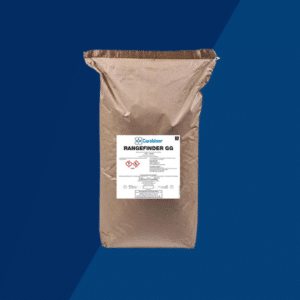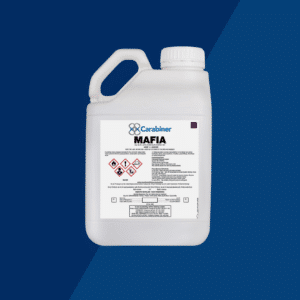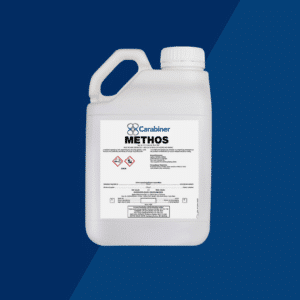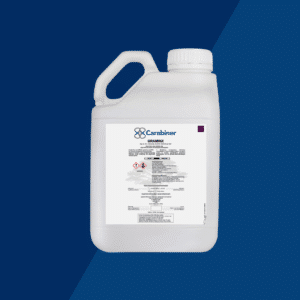CapaciT GG
Description
A soil applied granular herbicide for the control of certain tree and shrub species as listed.
Technical details
- Tebuthiuron (Urea)200 g/kg GG
- Reg. No./Nr. L 9695
- N-AR 1592
- W 130938
Species
Acacia erubescens, Acacia karoo, Acacia mellifera, Acacia tortillis, Colophuspermum mopane, Dichrostachys cinerea, Grewia bicolor, Stoebe vulgaris, Terminalia sericea, Ziziphus mucronata
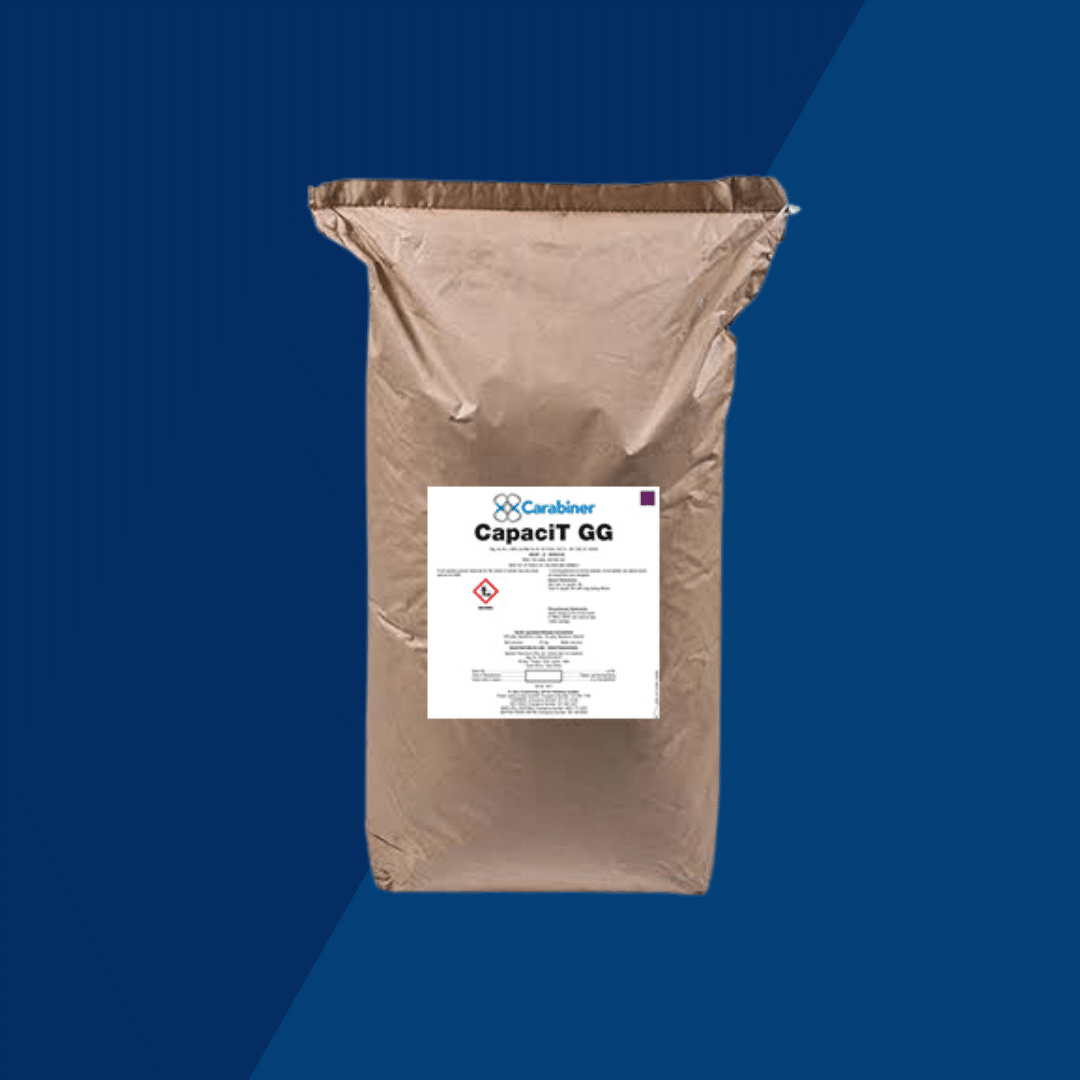
systemic, soil applied granular herbicide
CapaciT GG is a systemic, soil applied granular herbicide for the control of certain tree and shrub species as listed on the label. CapaciT is readily absorbed by plant roots and translocated to other parts of the plant. It produces its effect by blocking photosynthesis, the process by which plants receive light from the sun and convert it into energy.
CapaciT GG is used as a management tool to control bush encroachment to the extent that
the grass can recover and enable proper veld management and increase grazing capacity (hence the name CapaciT). Follow-up treatment, especially on seedlings and re-growth is essential for the maintenance of productive grasslands which prevent the re-encroachment of woody plants. Increased grass production is dependent on an acceptable grazing management programme and adequate rainfall. It is essential to allow grasses to seed and to allow the seedlings to become established following treatment before grazing the treated area.
Although CapaciT GG may be applied at any time of the year, treatments only become effective once sufficient rainfall has leached the chemical into the root zone of the target plants where it can be absorbed. It is, therefore, recommended to apply CapaciT GG just before, or at the beginning of the rainy season in order to obtain the best results. CapaciT GG is slow acting and susceptible species may take up to 2 years to die completely, depending on the soil type, species and effective rainfall.
Weigh out the recommended quantity of CapaciT GG and distribute it evenly over the canopy of the target plant. The treatment must be applied to the area where the feeder roots are located. Treated plants should exhibit repeated yellowing, defoliation, and regrowth with progressive die-back until death occurs. Therefore, a second application is not recommended within 24 months or until the symptoms of defoliation no longer occur.
Although CapaciT GG is not normally prone to excessive leaching, some product loss may occur in conjunction with abnormally high rainfall which may influence efficacy due to product loss. CapaciT GG is persistent in the soil, making it the ideal product to use on sandy soils with clay content less than 20%. Acacia species (mearnsii, erubescens, karoo, mellifera, nigrescens, tortilis) as well as Terminalia sericea are some of many species which are very effectively controlled by CapaciT GG. Please read the product label for a more extensive list of species.
Seedlings of the above-mentioned plants may need a follow-up spot treatment. CapaciT GG is broken down slowly in the soil through microbial degradation which is a completely natural process. CapaciT GG may cause injury to annual grasses and seedling grasses with slight injury to established perennial grasses. These symptoms should be temporary in nature and grass production will usually increase as the tree and shrub competition is reduced. The initial loss is worth the long term gain!
The residual action of CapaciT GG in the treated area may be impaired if fire occurs within 3 years of application. CapaciT GG should not be used in areas near desirable trees or other desirable plants, or where their roots are present, as CapaciT GG may leach into the root zone of these plants and cause severe injury or death of these plants.
The active ingredient of CapaciT GG is relatively safe to humans and other mammals and has a lower toxicity than table salt and caffeine.
Kindly refer to the product label for more information and precautions.

